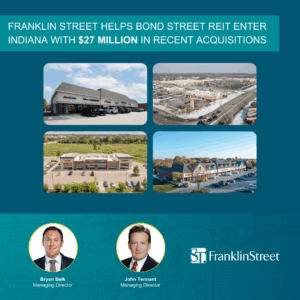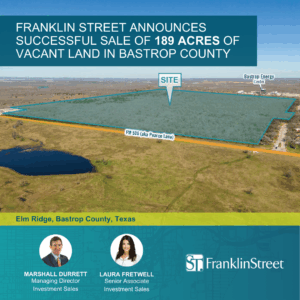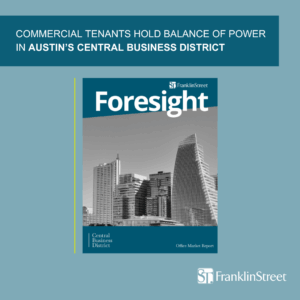What a ride 2020 has been.
In the middle of the first quarter of 2020, two unforeseen events occurred – the global oil price war and Covid-19. This economic shock will continue throughout next year as the world clambers towards some form of normalcy.
Despite the obvious negative effects across all asset types, with a particular focus on hospitality and retail centers, the overall level of CRE debt has still remained buoyant. Underpinning this has been the significant reduction in interest rates thanks to accommodating monetary policy from the Federal Reserve.
So what are the issues going into next year? Leasing concessions will hopefully have ended but bottom lines will hurt. The vacancies created by expiring businesses will also need to be filled and the NOI reduction as a result may cause payment delinquencies and foreclosure on the severe end, and lower loan proceeds on the other due to DSCR constraints.
While commercial lending is back on after a great tightening across many assets types, many local and regional banks have been suffering from default shock between their commercial lending and small business platforms. This has caused a tightening in risk appetite and has caused LTV’s to drop, and in some, caused a complete cessation of lending to a variety of asset classes until the fog clears. Many lenders will continue to ask for 6-12 months of principle and interest reserves in all the deals they finance.
And yet, the Mortgage Banker Association forecasts commercial and multifamily bankers will still close a considerable amount CRE loans backed by income producing properties this year, up by 9% from an estimated 13% borrowing volume in 2019. Multifamily, Medical offices and Data Centers are all expected to present as growth opportunities. This environment, where yesterday’s top performing lender are no longer today’s ‘go-to’, has caused an important reliance on debt brokers. This uncertainty has created opportunity and 2021 will prove out have a strong runway into brokered deals.




